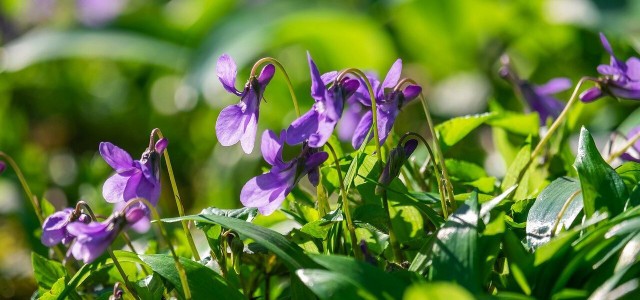
Winter bloomers set colorful accents in the dark season. We show you six different plants that bloom in the cold months and thus provide variety in the garden and on the balcony.
In the cold season, when most plants have long shed their foliage and flowers, the so-called winter bloomers make their grand entrance. Winter bloomers are plants that bloom primarily in the winter months. They provide a splash of color in the bare garden. Many winter-flowering plants are not only pleasing to the eye, but also serve as the first source of food for insects early in the year.
Contents
Christmas rose: persistent winter bloomer
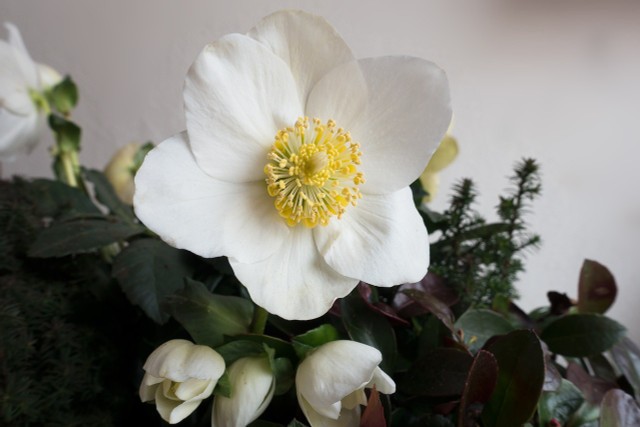
The Christmas rose, with botanical name Helleborus niger, is a true winter plant. It is also known as snow rose and lives up to its name with its blooming period from December to March. The white flowers of the herbaceous plant can reach a diameter of up to ten centimeters. The plant itself grows up to 30 centimeters high.
By the way, in a suitable place, the Christmas rose can live up to 25 years.
Dandelion: red splash of color in February
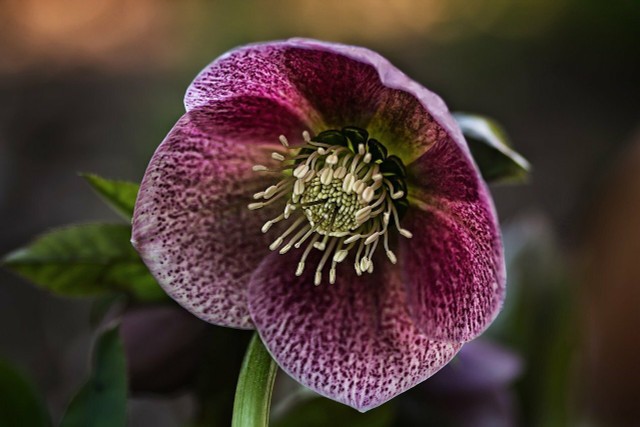
Lentil roses also belong to the rare winter bloomers. However, they show their striking flowers a little later than the Christmas roses. From February they captivate with their pink and red flowers.
Dandelions grow up to half a meter high and are long-lived plants. If you plant them in the right place, they will reward you with their beautiful splendor for years to come. Learn how to plant them and care for them properly here: Dandelion: How to plant and care for this flowering perennial.
Cowslip: Yellow winter bloomer

The cowslip belongs to the primrose family and shows its yellow flowers already from March. The primrose is a native wild plant and therefore very easy to care for. The flower feels at home in a sunny to semi-shady location and in sandy-loamy soil. Valuable tips on care you can read here: Cowslip: cultivation, use and effect of the medicinal plant.
Fragrant violet: Winter bloomer with a beguiling fragrance
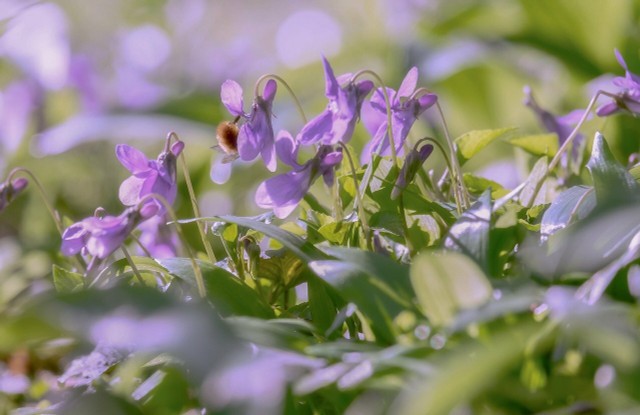
Scented violet is an undemanding, low-maintenance plant that is very popular among amateur gardeners. Its flowering period begins as early as March and extends into April. The flowers of the plant shine in bright pink, pure white or various shades of blue. By the way, the fragrant violet lives up to its name, because its flowers exude an intense fragrance.
What’s more, the scented violet is an extremely bee-friendly plant and also provides food for other insects such as bumblebees and butterflies.
You can find out more about scented violet here: Scented Violet: Tips on growing, care and use.
Winter snowball: blooms in January
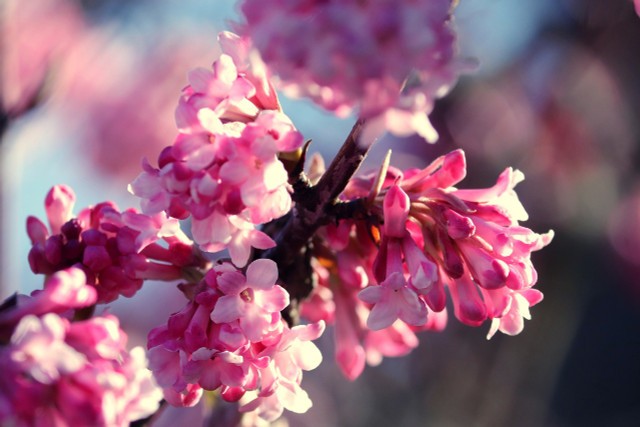
From January, the winter snowball unfolds its pretty pink flowers. The plant is also called Bodnant snowball and is a cross between the two varieties of scented snowball and large-flowered snowball. It belongs to the muskweed family and, similar to the scented violet, captivates with a strong fragrance.
Winter snowball prefers a shady and wind-protected place. As for soil, it is extremely adaptable and will accept any well-drained, nutrient-rich garden soil. The only thing it will not tolerate is waterlogging. Therefore, soil that is too wet and firm is not suitable for it.
Daphne: Poisonous winter bloomer

Although daphne is poisonous to humans, it is all the more valuable to insects. As a winter or early bloomer, it is one of the first sources of food for bees and other insects and is therefore a good choice if you want to create an insect-friendly garden. The plant is extremely hardy and tolerates a variety of conditions. However, it prefers a bright location without direct sunlight.

